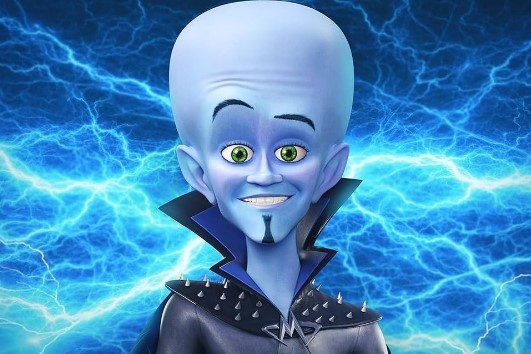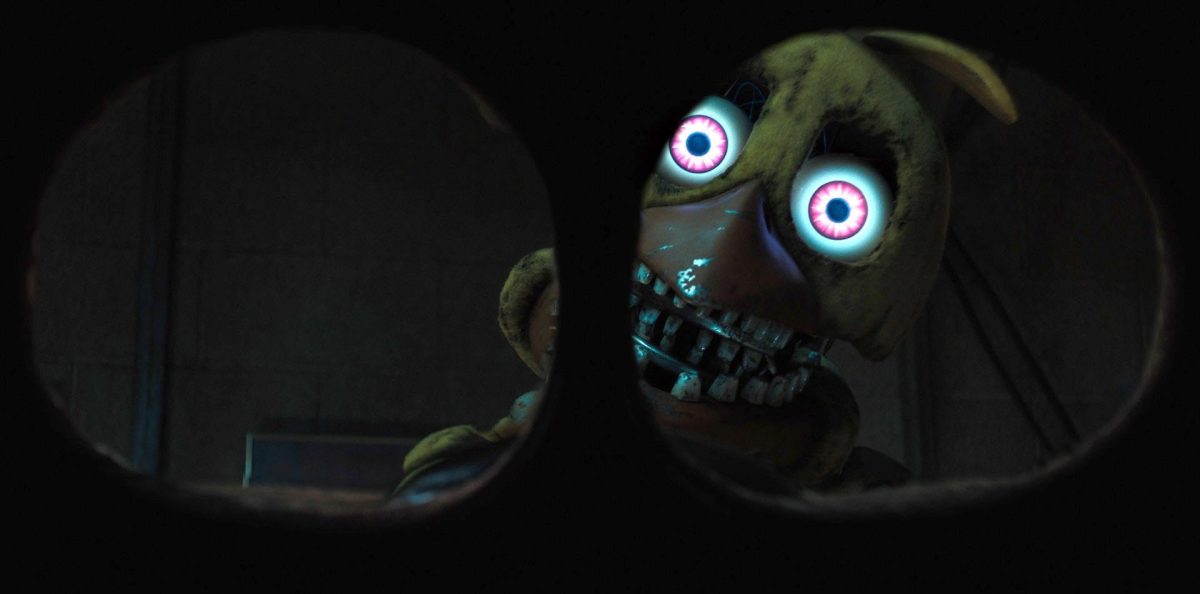Rating: 1/10
Released on March 1 to NBC’s streaming service Peacock, “Megamind vs. the Doom Syndicate” is a shameless cash grab that attempts to capitalize on the nostalgia many hold for a fondly remembered childhood classic.
The film currently holds a resounding 7% audience score on Rotten Tomatoes and a 2.3/10 on IMDB. “Megamind vs. the Doom Syndicate” is plagued with several issues that hold the film back.
The first, and most obvious, is the lackluster animation quality. This is especially prominent within flashback clips from the original 2011 “Megamind” film. The quality of animation in the original film is significantly better, and the movie’s use of the original film’s footage only makes this difference more apparent. The animation looks slow and clunky, and the quality of the 3D models is noticeably worse.
Get The Daily Illini in your inbox!
Poor writing and lackluster storytelling make the plot a boring direct sequel to the first movie. In the film, Megamind’s old criminal gang, the Doom Syndicate, comes back to him after escaping from prison. However, after the end of the first film, Megamind transitions from a villain to a hero — a fact his old gang is unaware of. Megamind must defeat his old gang to prevent them from launching Metro City into space. This plot lacks tension, and the emergence of the Doom Syndicate out of nowhere feels unnatural and forced.
Additionally, there is a noticeable change in voice actors for the main characters. In the original, Megamind is voiced by Will Ferrell, and the reporter Roxanne Ritchi is voiced by Tina Fey. In the new film, Ferrell has been replaced by Keith Ferguson and Fey by Laura Post. While both Ferguson and Post are experienced voice actors, neither of them works well in the role. Ferrell and Fey’s voices are too easily recognizable, and the switch in voice actors creates a weird feeling of unease and discomfort.
However, not all of the performances were bad. Talon Warburton voices the villain Lord Knighty Knight, who is a knight clad in medieval armor and has the ability to harness shadows to create weapons. Warburton gives a sense of life and character to the villain, whereas the other enemies are comparatively boring and flat.
Despite this one notable performance, the film as a whole fails to deliver. What makes this film particularly disappointing is the fact that it is a sequel to a well-regarded film. The poor writing, change in voice actors and lackluster animation quality all point to a soulless film designed to be a lazy cash grab capitalizing on childhood nostalgia.
Fortunately, this fact was not lost on most, and the film has been subsequently panned by critics and viewers alike. Hopefully the poor showing of “Megamind vs. The Doom Syndicate” will be a warning for studios in the future who seek to make cheap films that attempt to capitalize on childhood nostalgia.
“Megamind vs. the Doom Syndicate” is a perfect example of a lazy animated project cheapening the genre as a whole. Movies like this are why the belief that animation is “for kids,” and therefore should be held to a lower standard compared to other forms of media persists. While it is true that these films are often designed for a younger audience, we should be cautious when lowering our standards.
Children deserve quality entertainment just like adults, and the release of straight-to-stream slop like “Megamind vs. the Doom Syndicate” sets low expectations for both children’s entertainment and animation as a whole. Entertainment should be educational, thought-provoking and a source of inspiration for young children — not just something you throw in front of them to keep them entertained while you cook dinner.









